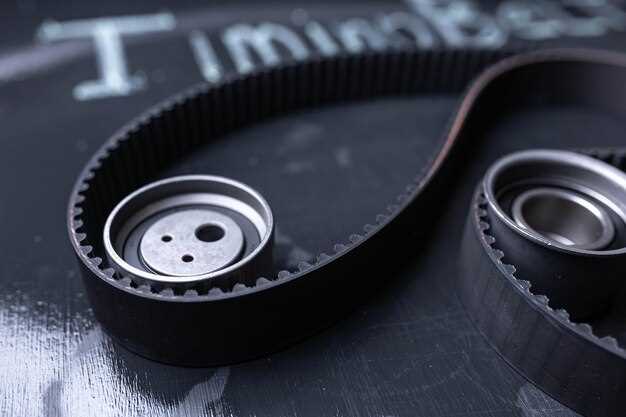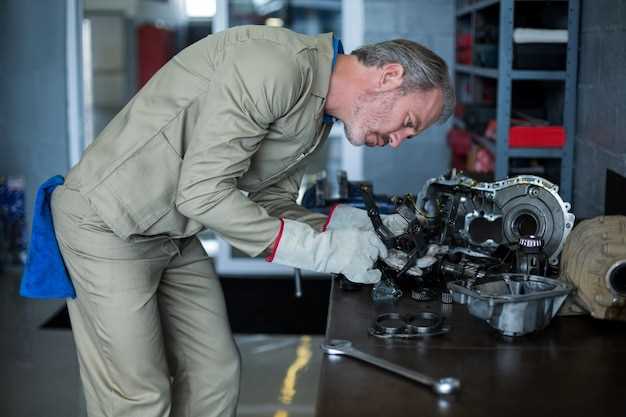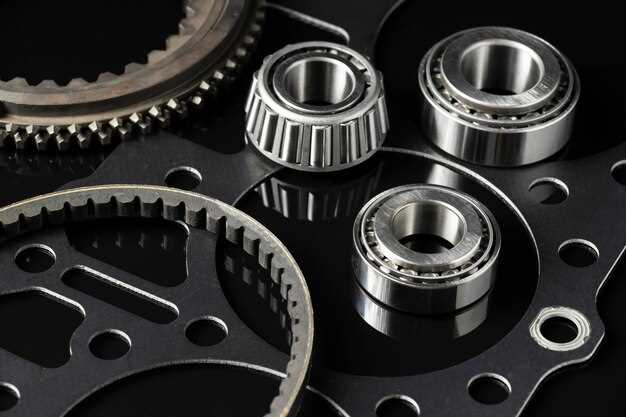

The timing chain or belt is a critical component in a diesel engine, ensuring that the camshaft and crankshaft operate in harmony. This precise coordination is essential for optimal engine performance and longevity. Over time, wear and tear can compromise the integrity of these components, leading to potential failures that can be costly and time-consuming to fix.
Recognizing the warning signs of a failing timing belt or chain is vital for any diesel vehicle owner. Ignoring these signs can result in severe engine damage, necessitating extensive repairs or even complete engine replacement. Identifying the symptoms early can help you save money and maintain your vehicle’s reliability.
In this article, we will explore the key indicators that signal it may be time to replace your diesel timing belt or chain. From unusual engine noises to performance issues, understanding these signs can make all the difference in keeping your diesel engine running smoothly and efficiently.
Identifying Unusual Engine Noises That Indicate Timing Issues
When your diesel engine is running smoothly, it should operate quietly without any strange sounds. However, if you begin to hear unusual noises, it can be a sign that the timing belt or chain needs attention. Recognizing these sounds early can save you from significant damage and costly repairs.
One of the most common indicators of timing issues is a rattling or slapping noise, especially at startup or during acceleration. This noise often indicates that the timing belt is loose or has worn out, compromising its ability to maintain the correct timing of the engine. If you hear this sound, it’s crucial to have your vehicle inspected immediately.
Another noise to pay attention to is a high-pitched whine, which can suggest that the timing belt is misaligned or that its tensioner is failing. In diesel engines, this issue can lead to severe performance problems and even engine failure if not addressed promptly.
Thumping or knocking noises can indicate that the timing chain is stretched or that there is excessive slack. This can cause the timing to be off and affect engine synchronization, which is critical for optimal performance. If you experience this sound, don’t delay in having a professional evaluate your timing components.
Lastly, if you notice any metallic grinding noises, it may mean that the timing components are severely worn or that the chain or belt has started to fray. This situation can lead to catastrophic engine damage, making it vital to seek help as soon as you detect such sounds.
In conclusion, being attentive to unusual engine noises can help identify timing issues early on. Recognizing these signs can prevent further damage and ensure the longevity of your diesel engine.
Symptoms of Poor Engine Performance Linked to Timing Belt Wear

Diesel engines are known for their durability and efficiency; however, wear on the timing belt can lead to significant issues. One of the first symptoms of timing belt wear is engine misfires. As the belt deteriorates, it may not synchronize the engine’s camshaft and crankshaft correctly, causing erratic fuel injection and combustion timing.
Another indicator of timing belt problems is a noticeable decrease in engine power. If the belt is slipping or stretched, the engine may struggle to maintain speed, resulting in a lack of acceleration. Additionally, irregular engine idling can occur, characterized by fluctuations in RPM. This instability can make the vehicle feel rough and unresponsive.
Excessive noise is also a warning sign of timing belt wear. A failing belt may produce a ticking or grinding sound, which indicates that the belt is not functioning properly or is nearing the end of its lifespan. Moreover, you may experience decreased fuel efficiency as the engine struggles to perform optimally with a compromised timing system.
Finally, if you observe any oil leaks around the timing belt cover, it could signify wear that needs urgent attention. Oil contamination can weaken the belt material, leading to further deterioration and potential engine damage. Regular maintenance and timely replacement of the timing belt are crucial to avoid these symptoms and ensure the longevity of your diesel engine.
Common Visual Inspections for Diesel Timing Chain or Belt Replacement

Regular visual inspections of the diesel timing chain or belt are crucial in identifying potential issues before they lead to significant engine damage. Here are several key areas to focus on during these inspections:
1. Wear and Tear: Examine the timing belt for any signs of fraying, cracking, or excessive wear. Look for sections of the belt that appear thinner than others, which may indicate imminent failure.
2. Tension and Alignment: Check the tension of the timing belt or chain. A loose belt can lead to misalignment, which can cause poor engine performance. Ensure that it is properly tensioned according to manufacturer specifications.
3. Oil Leaks: Inspect for any oil leaks near the timing belt or chain area. Oil contamination can accelerate wear and contribute to a premature failure of the components.
4. Sound Inspection: Although not purely visual, listening for unusual noises while the engine is running can provide hints. A rattling or grinding sound may indicate that the timing components are worn or misaligned.
5. Check for Debris: Look for any foreign objects or debris that may be lodged within the timing belt or chain cover. Such obstructions can cause damage and affect timing performance.
6. Manufacturer’s Marks: Ensure that the timing marks on both the camshaft and crankshaft align correctly. Misalignment can lead to significant engine problems, indicating that the belt may need replacement.
Conducting these visual inspections regularly can help you catch potential issues early and preserve the efficiency and longevity of your diesel engine.






